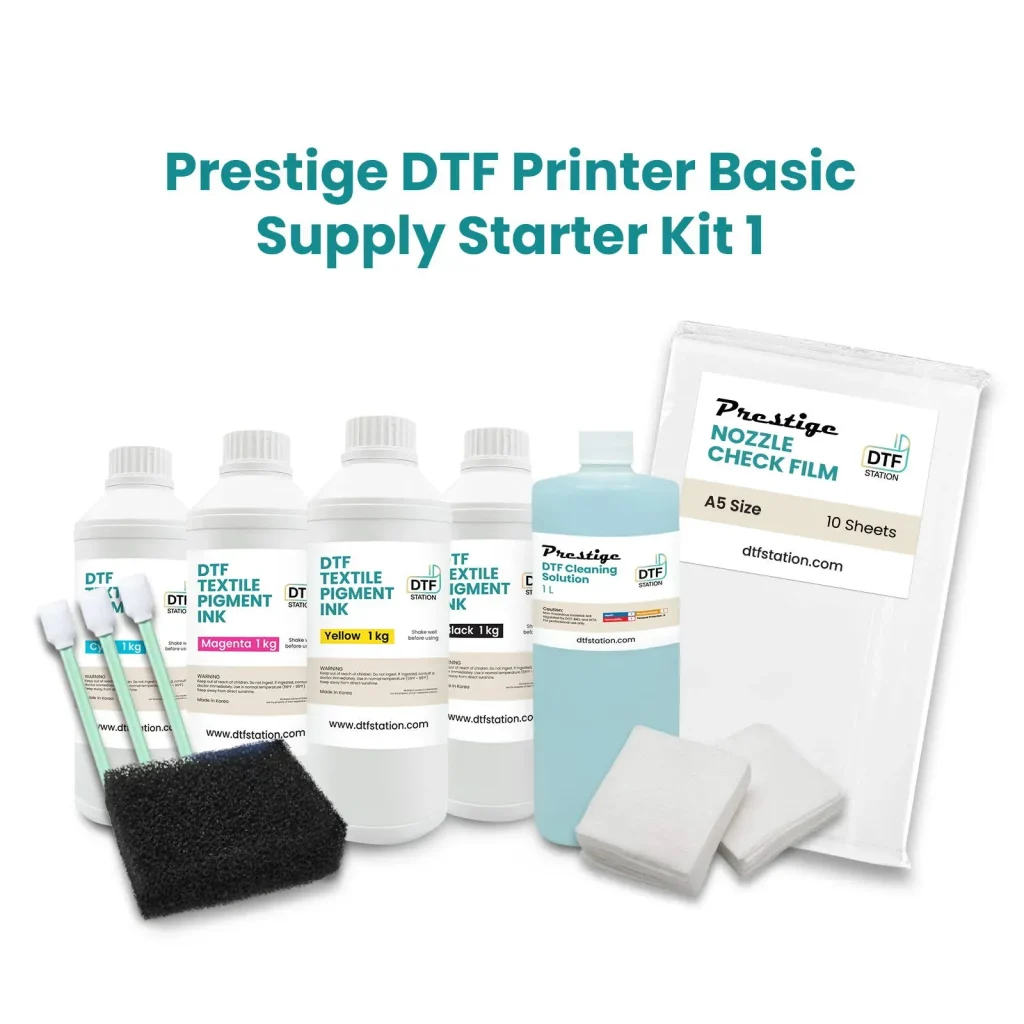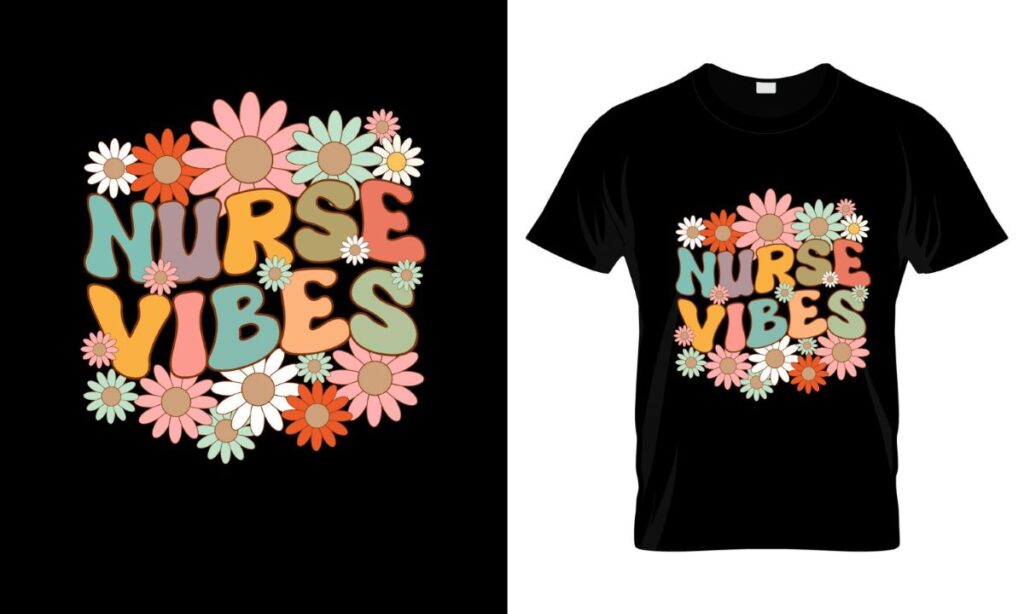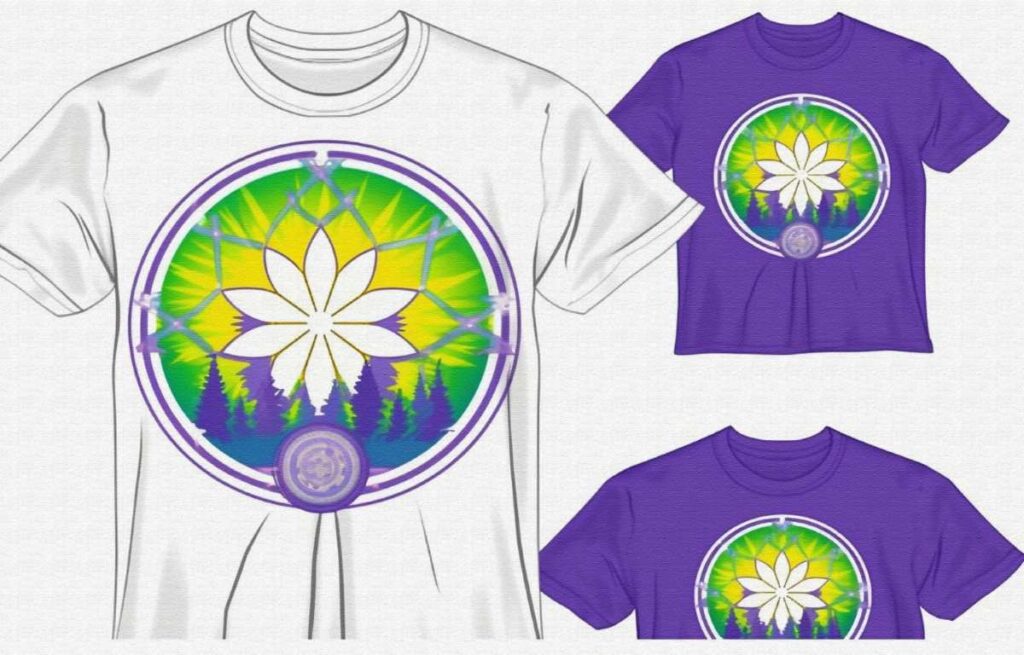DTF supplies are revolutionizing the world of textile printing by offering an efficient, versatile, and effective solution for custom apparel. As demand for high-quality prints continues to rise, Direct-to-Film (DTF) printing stands out thanks to its vibrant colors, exceptional durability, and broad application range. Utilizing specialized DTF inks, transfer films, and adhesive powder, this innovative printing technique ensures that designs not only pop but also endure the rigors of wear and washing. In addition, the growing trend towards sustainable DTF printing makes these supplies an eco-friendlier option, appealing to environmentally-conscious consumers. By delving into the essentials of DTF supplies, one can unlock the secrets to maximizing print quality and enhancing business competitiveness in the dynamic textile industry.
Exploring the realm of direct-to-film materials, also known as DTF supplies, reveals a transformative approach to fabric printing. This modern technique harnesses the power of specialized inks, films, and bonding agents, allowing for stunning, long-lasting designs that cater to the demands of both professionals and hobbyists. DTF technology empowers businesses to produce vibrant artwork on textiles with minimal waste, aligning with current trends in eco-friendly production. As companies increasingly seek efficient and durable printing methods, understanding the various elements of these versatile supplies becomes crucial. By embracing the terminology and concepts surrounding DTF printing, one can effectively navigate the landscape of advanced textile solutions.
The Benefits of DTF Printing for Custom Apparel
DTF printing represents a revolutionary advancement in the realm of custom apparel, offering unparalleled benefits for both businesses and consumers. One of the primary advantages is its ability to produce vibrant, high-quality prints with exceptional detail. Unlike traditional screen printing methods that may limit color options and intricate designs, DTF printing uses specialized inks capable of capturing a wide spectrum of colors. This makes it an ideal choice for companies looking to bring unique designs to life without sacrificing quality.
Additionally, DTF printing enhances the durability of designs on fabrics. The correct application of DTF inks, combined with advanced adhesive techniques, ensures that prints withstand challenges such as washing and wear over time. This long-lasting quality makes DTF printing particularly attractive to customers who prioritize both aesthetics and functionality in their apparel.
Key Components of DTF Supplies
To achieve the best results with DTF printing, understanding the essential components of DTF supplies is crucial. Firstly, DTF inks are the heart of the printing process. These specialized pigmented inks are designed to deliver vibrant colors and excellent adhesion. It’s important for businesses to invest in high-quality inks that are compatible with their printers to avoid performance issues.
In addition to inks, the type of transfer film plays a pivotal role in determining the final look and feel of the printed garment. There are various options available, including matte and glossy films, each offering distinct benefits. For example, matte films provide a more subdued finish that many find appealing for casual apparel, while glossy films enhance color vibrancy, making them perfect for eye-catching designs.
Choosing the Right Transfer Films for DTF Printing
Selecting the right transfer film is paramount in achieving optimal print quality in DTF printing. High-quality transfer films not only affect the vibrancy of the final print but also contribute to the adhesion and durability of the design. Matte films are popular among designers seeking a soft-touch feel, making them ideal for apparel that is worn frequently.
Conversely, glossy transfer films can significantly enhance the brightness of colors, making them the preferred choice for designs that require high impact. When choosing films, it’s essential to consider their compatibility with your DTF printer as well as the specific fabric you’ll be using, ensuring that the film adheres properly and performs well during the heat transfer process.
Understanding Adhesive Powder in DTF Printing
Adhesive powder serves as a crucial component in the DTF printing process, acting as the binding agent that secures the printed design to the fabric. The type and quality of adhesive powder can greatly influence the longevity and durability of the prints. Fine adhesive powders are particularly favored because they provide an even distribution, resulting in stronger adherence and minimizing the chances of peeling or fading over time.
Moreover, the correct application of adhesive powder is vital. Applying too much or too little can lead to suboptimal results, including insufficient bond strength or excess residue on the garment. By ensuring that the right amount of adhesive is expertly applied, you increase the likelihood of delivering high-quality, durable prints that meet customer expectations.
Innovative Trends in Sustainable DTF Printing
As environmental awareness continues to rise, sustainable practices within DTF printing have become increasingly important. Businesses are now exploring eco-friendly inks and recyclable transfer films as a means of reducing their carbon footprint. Innovative companies are developing biobased inks that not only meet environmental standards but also deliver on quality, ensuring that vibrant colors and lasting durability are not compromised in the process.
Staying aligned with these sustainable trends can offer companies a competitive edge in the marketplace. By adopting environmentally-conscious practices, businesses can appeal to a growing demographic of consumers who prioritize sustainability in their purchasing decisions, ultimately enhancing brand loyalty and market positioning.
Maximizing Performance Through Effective Techniques
While high-quality DTF supplies are essential, employing the right techniques is equally crucial for optimizing printing performance. Pre-press treatments, for example, can significantly enhance the adhesion of inks to the fabric, resulting in prints that are sharper and more vibrant. Implementing proper fabric preparations ensures that the surface is conducive to receiving the DTF inks, ultimately leading to better final results.
Furthermore, understanding the correct temperature and pressure settings on heat presses can profoundly impact print quality. The right combination often varies depending on the specific materials being used; thus, experimenting with different settings can lead to discovering the ideal setup that yields perfect prints every time.
Frequently Asked Questions
What are DTF supplies and why are they important in DTF printing?
DTF supplies include all the essential materials needed for Direct to Film (DTF) printing, such as DTF inks, transfer films, and adhesive powder. These supplies are crucial because they directly influence the vibrancy, durability, and quality of the printed designs on textiles. Selecting high-quality DTF supplies ensures optimal printing performance and long-lasting results.
How do I choose the best DTF inks for my printing projects?
When selecting DTF inks for your printing projects, opt for high-quality pigmented inks specifically designed for DTF applications. These inks provide vibrant colors and durability. It’s important to check compatibility with your DTF printer model to avoid issues that could affect print quality and performance.
What is the role of transfer films in DTF printing?
Transfer films are a key component in DTF printing, as they allow for the transfer of ink designs onto fabric. The right transfer film can significantly impact the final print quality; matte films provide a soft feel, while glossy films enhance color vibrancy. Choosing the correct film compatible with both your inks and printer ensures the best results.
Can the type of adhesive powder affect DTF print quality?
Yes, the type of adhesive powder used in DTF printing greatly affects print quality. Fine adhesive powders typically perform better than coarse ones as they allow for even distribution and a strong bond between the design and fabric. This prevents issues like peeling and fading over time, resulting in longer-lasting prints.
What techniques can improve the performance of DTF printing?
To improve DTF printing performance, consider techniques such as pre-treating fabrics to enhance adhesion, adjusting temperature and pressure settings on your heat press, and regularly maintaining your DTF printer. These practices help achieve clearer prints and overall better quality, ensuring that your designs stand out.
What are some sustainable practices to consider in DTF printing?
Sustainable practices in DTF printing include using eco-friendly inks and recyclable transfer films. With growing consumer demand for sustainability, many companies are now adopting biobased inks that are not only better for the environment but also deliver vibrant colors and exceptional quality. Staying informed about these trends will help your business remain competitive.
| Key Point | Description |
|---|---|
| Understanding DTF Printing | DTF printing combines printing designs onto film and transferring them onto fabric using heat and pressure, offering vibrant and durable prints. |
| Essential Supplies | Includes high-quality DTF inks, transfer films, and adhesive powder to enhance print quality. |
| Techniques for Optimization | Involves pre-press treatment, proper temperature and pressure settings, and regular equipment maintenance. |
| Trends in DTF Printing | Current trends focus on sustainability, with eco-friendly inks and recyclable materials becoming more popular. |
Summary
DTF supplies are crucial in the world of Direct to Film printing, ensuring that custom apparel and textiles maintain high quality. This printing method offers unmatched vibrancy and versatility, making it a favorite among businesses. By selecting the right inks, films, and adhesive powders, and by following optimal techniques, one can achieve superior results in their prints. Moreover, keeping abreast of the latest trends, particularly the move towards sustainable practices, is essential. As the DTF printing industry continues to evolve, so does the necessity of adapting to new technologies and methods to succeed in a competitive market.



